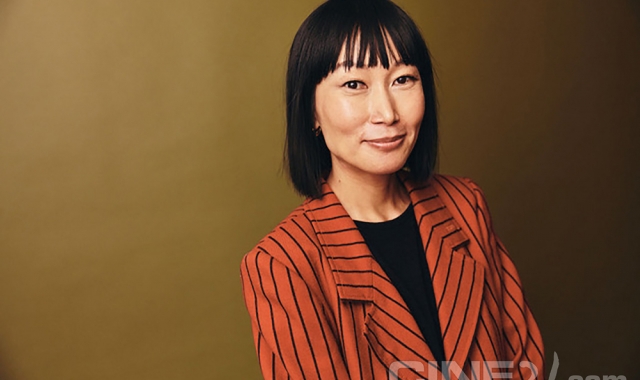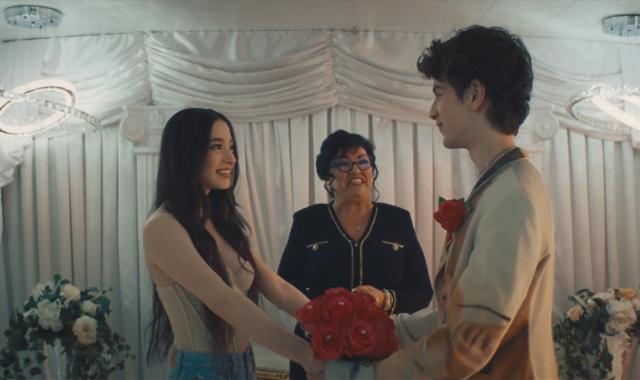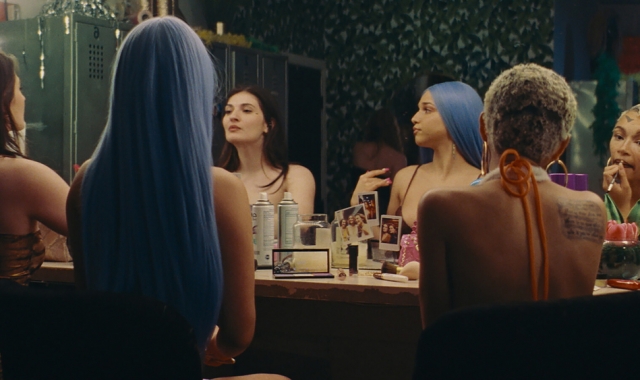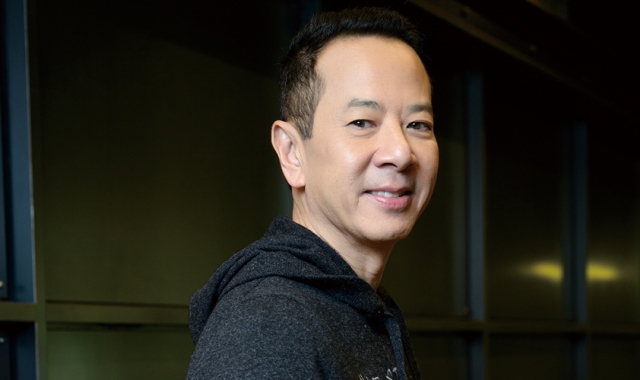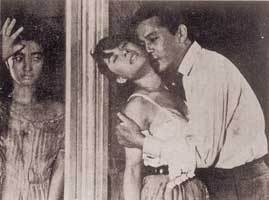
처음으로 아시아영화에 대해 더 많이 배워야겠다는 생각을 한 것은 구로사와 아키라 영화들을 보기 시작하면서다. 내가 다닌 대학 도서관은 레이저 디스크로 구로사와의 영화를 대량 소장하고 있었고, 수개월에 걸쳐 일주일에 한두편을 보곤 했다. 도서관은 도널드 리치의 <구로사와 아키라의 영화>(The Films of Akira Kurosawa)도 소장하고 있었고, 이 책은 내게 완전히 새로운 세계를 열어줬고, 탐구하고자 하는 열의를 높였다. 그래서 자연스럽게 현대 일본영화에 대해 호기심이 생겼고, 50년대와 90년대 일본영화 사이의 비슷한 점들을 찾아내면서 즐거움을 만끽했다.
이 점에서 일본영화는 한국영화보다 훨씬 유리하다. 일본 고전영화는 널리 보급되며 기억되고, 사람들은 이에 대해 글을 쓰며 재상영하고 DVD로 제작하기도 한다. 현대 일본 영화인들은 무성영화 시대로부터 유래된 영화 전통의 맥락에서 인식된다. 홍콩에서 고전 쇼브러더스의 훌륭한 컬렉션이 DVD로 출시되어 홍콩 영화인들이 수세대에 걸쳐 생생하고 전이적인 영화를 만들어왔다는 것을 상기시켜준다. 그러나 외국에 사는 한국영화 열광팬일지라도 한국영화의 전통이 1999년 <쉬리>로부터 시작된다는 인상을 받을 것이다.
한국의 영화사들은 요즘 영화를 외국시장에 마케팅하고 파는 것에 점차적으로 숙련되어가고 있다. 이것은 한국영화가 흥미진진하게 번창하는, 새로운 업계로서의 평판을 조성하는 데 도움이 되지만, 반면 오늘날 영화에만 초점을 맞춘다는 위험이 내재되어 있다. 한국영화가 미래 어느 때에 창의적으로 부실한 기간을 거치게 된다면, 그저 지나가는 유행처럼 돼버리는 것은 아닐지? 세계 영화계가 한국영화를 잊어버리지는 않을지? 한국이 정말 제대로 된 업계로 인정받고자 한다면 국제 관객에게 현대영화뿐만 아니라 고전영화도 마케팅하는 데 더 노력을 기울여야 할 것이다.
오래된 한국영화 중 외국에 깊은 인상을 줄 수 있는 작품이 얼마나 있느냐는 것은 질문사항도 안 된다(한국 내 영화사 학자들이 인정하는 ‘고전’들하고는 다를 수도 있지만). 국제 영화제들에서 김기영 감독의 <하녀>(사진)(1961)는 <올드보이>만큼이나 신나는 반응을 불러일으킨다. 김수용 감독의 <안개>(1967)의 경우, 내가 만나본 외국 관객들 다수가 이 영화를 보자마자 제일 선호하는 작품으로 꼽기도 했다.
지난해 부천국제판타스틱영화제에서 이용민 감독의 <살인마>(1965)가 극히 소수의 관객을 상대로 상영됐지만, 나와 함께 본 두 명은- 캐나다 기자와 일본에 사는 서양인 영화학자- 일년 뒤인 지금도 그 얘기를 하며 DVD로 구할 수 없냐고 물어온다(물론, 출시되지 않았다). 부산영화제와 한국영상자료원이 훌륭하게 출발했지만, 한국의 고전영화를 진흥하기 위해 할 수 있는 일은 훨씬 많다. 정부가 고전영화에 더 많은 지원을 할 의향이 있다면 오래된 영화들이 복원되고 DVD로 출시될 수 있을 것이고, 서적 연구 및 출판도 후원될 수 있을 것이며, 오래된 영화의 판권소유자를 찾아내는 데 더 많은 시간을 보낼 수 있을 것이고, 국내외에서 더 많은 상영이 이루어질 수 있을 것이다. 지금으로서는 현대 한국영화를 진흥하는 것이 더 급한 일처럼 보일 수 있겠지만, 고전영화를 진흥하는 것은 먼 미래에도 길게 결실을 맺게 될 것이다.
Growing up in the U.S., as a casual fan of arthouse and foreign cinema, I would occasionally encounter Asian films. Some individual titles left an impression on me, but the first time I ever really became motivated to learn more about Asian cinema is when I started watching the films of Kurosawa Akira. My university library had a large collection of his works on laserdisc, and over the course of several months I would watch one or two of his films per week in the library. The library also had a copy of Donald Richie's The Films of Akira Kurosawa, and the book and the films opened up a whole new world for me, which I was eager to explore. This naturally led me to become curious about contemporary Japanese cinema, and I delighted in trying to find similarities between Japanese films of the 1950s and the 1990s.
This is one area in which Japanese cinema has a major advantage over Korean cinema. Classic Japanese films are widely seen, remembered, written about, rescreened, and produced on DVD. Contemporary Japanese filmmakers are seen as being part of a filmmaking tradition that goes back to the era of silent film. In Hong Kong, we have the magnificent collection of classic Shaw Brothers films put out on DVD by Celestial Pictures to remind us that Hong Kong filmmakers have been making vital, cutting-edge films for generations. However, even strong enthusiasts of Korean cinema living abroad must get the impression that filmmaking traditions in Korea only go back to Shiri in 1999.
Korean sales companies are gradually becoming more skilled at marketing and selling contemporary films to foreign markets. This has helped to build Korean cinema's reputation as a thriving, exciting new industry, but there is also a danger in focusing only on films of the present. Will Korean cinema become a "passing fad" if it goes through a weak creative period sometime in the future? Will the worldwide film community forget about Korean cinema? If Korea really wants to be recognized as a major industry, it should probably focus more effort on marketing classic as well as contemporary filmmakers to international audiences.
There's no question that many older Korean films have the potential to make an impression abroad (though they may not be the same "classics" recognized by local film historians). At international film festivals, Kim Ki-young's The Housemaid (1961) produces the same level of excitement in audiences as Old Boy. Kim Soo-yong's Mist (1967) has become an instant favorite of many foreign viewers I have spoken to. At last year's PiFan festival, Lee Yong-min's Devilish Homicide (1965) was screened to a tiny audience, but the two people I saw it with -- a Canadian journalist and a Western film scholar living in Japan -- are still talking about the film a year later, asking if it is available on DVD (of course, it is not).
The Pusan film festival and the Korean Film Archive have made a great start, but far more could be done to promote classic Korean films. If the government were willing to commit more funding to classic films, then older films could be restored and released on DVD, research and the publishing of books could be sponsored, more time could be spent trying to track down the copyright holders of old films, and more film screenings could take place both in Korea and abroad. It may seem more urgent to promote contemporary cinema right now, but promoting classic films will bear fruit long into the future.

